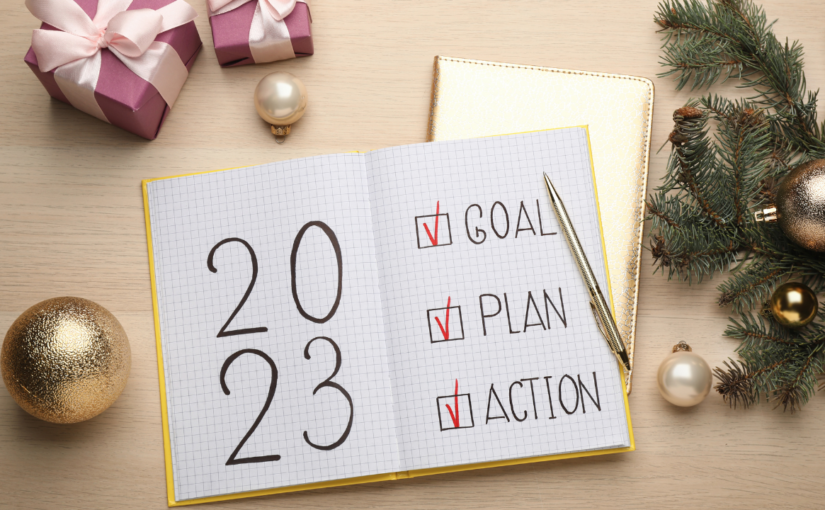Our children rely on us for so many things but it is the life lessons we teach them throughout their younger years that make the most lasting impressions. In this article, we will discuss the 10 most important life skills we can teach our children to help them become successful adults.
10 Most Important Life Skills
1. Time Management
Setting time limits for tasks, learning to prioritize, and developing a sense of urgency are all-important time management skills that will help our children lead organized and successful lives. Teaching your child time management skills from an early age can help them manage their time better as adults.
We encourage you to teach them to use a calendar or day-planner system like iStratus to schedule important events or tasks in advance. This will help them in their studies in the short term but will continue to help them throughout life. Imagine how much stress you could have avoided if you had learned time management as a child.
2. Networking
Networking is an essential skill in today’s world, and teaching your child the basics of networking early on can help them make meaningful connections as they grow older. Encouraging your child to meet new people and build relationships through activities like joining clubs and groups can be a great way to start building their network.
One of the easiest ways to show your children the benefits of networking is to point out something good that happened to you because of the relationships you have built. Has an old friend invited you to a concert out of the blue? Did someone you worked for years ago give you a job reference? Do you still turn to your good friend from college for their services as a loan officer or financial advisor? Sharing these things with your children will help them see the benefit of creating lasting relationships.
3. Grit and Resilience
Teaching our children to be resilient is one of the most important life skills we can teach them. Grit, or perseverance in the face of adversity, can help our children develop lifelong habits of resilience, persistence, and achieving their goals no matter what obstacles they may face.
When they fail at something, help them recognize the good that comes out of it. Help them see that every failure makes them stronger or smarter in some way. Most importantly, don’t step in and help them avoid failure. If our children never fail, they will not know what to do when failure finally happens. Failure is not always a bad thing.
4. Communication
Good communication skills are essential for our children to learn in order to interact effectively with others as they grow up. Teaching your child how to express their feelings and thoughts, listen attentively, ask questions, and discuss topics openly will help them build relationships and succeed in all areas of life.
There are so many opportunities to teach your children to communicate. Be intentional about it. Ask them open-ended questions and listen to their answers. We find that the best way to get our children to open up to us is through side-by-side conversations. Speak to them while folding the laundry, cooking, or driving. They are much more likely to open up than when sitting face to face.
5. Problem-Solving
Teaching our children how to think critically and solve problems will help them develop the skills needed to tackle any issue they may come across as adults. Encouraging your child to propose solutions, break down problems step by step and look at different perspectives can all help them become better problem solvers in the future.
Even when you know the answer to a problem you are having, ask for their opinions. Ask them to walk you through the solution. Don’t be surprised if their solution is better than the one you thought you had. Children often think outside of the box. Teaching them to embrace that now could come in handy for the rest of their lives.
6. Financial Literacy
Understanding the basics of money management is essential for our children to become financially independent adults. Teaching your child how to create a budget, save and invest, and responsibly use credit are all important skills that will help them make sound financial decisions in the future.
Help them open a bank account with their birthday money. Show them how quickly that can build when you put their allowance in the bank instead of their pockets. These small things are just the beginning of their financial future.
7. Decision-Making and Critical Thinking
Our children need to learn how to make decisions for themselves. Teaching your child about the importance of considering different perspectives and applying critical thinking in their decision-making process will help them make well-informed choices throughout their life.
Give them the opportunity to exercise their decision-making muscle. Start out simple by letting them give you a meal idea for the upcoming week. They can choose one of their favorites or they can look through a cookbook. When deciding on a film to watch, give them the parameters and let them help decide on the film. These small decisions will be just the beginning and will help them make even bigger decisions in the future.
8. Personal Responsibility and Self-Awareness
Learning responsibility and self-awareness are two of the most important skills we can teach our children. Teaching your child to take ownership of their actions, understand their emotions, and be mindful of the impacts of their decisions will help them become conscientious adults.
Personal responsibility is not easy and as a parent, it is sometimes easier to let your child avoid taking responsibility for the mistakes they make. But you are not doing them a favor. Helping them to understand the consequences of their actions will prepare them for real life and help them make wiser choices in the future.
9. Creativity
Encouraging creativity in our children can help spark their imaginations and develop their problem-solving skills. Introducing art projects, music, or drama to your child can help them develop creative thinking that will carry on through adulthood.
The trick here is to help your child find the creative outlet that works best for them. If they don’t take to art, try music. If that doesn’t work, consider knitting, sewing, or carpentry.
10. Relationship Building
Teaching our children how to build and maintain meaningful relationships is essential for them to succeed in life. Encouraging your child to interact with others respectfully, and learn how to compromise and resolve conflicts amicably are all important skills that will help them build healthy relationships in adulthood.
These are just some of the life skills we can teach our children to help them become successful adults. Instilling these values from an early age and modeling good behavior ourselves will be key to ensuring our children grow up with the knowledge and understanding they need to thrive as adults.
These skills can be implemented using our app! You can help your children organize their calendars or create lists of tasks or projects that need to be completed. Download the iStratus app today and give it a try!









